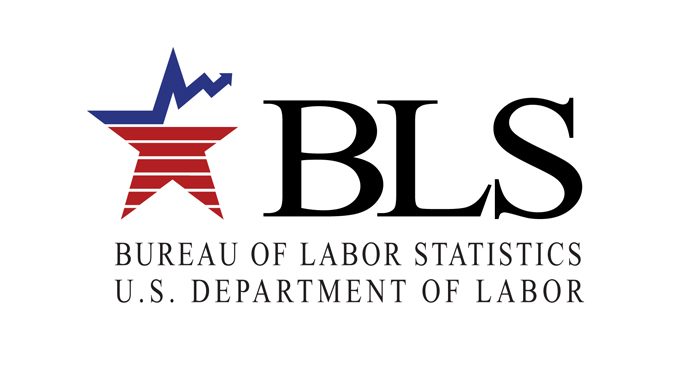Weak May jobs report signals modest economic growth

By Algenon Cash
The non-partisan Bureau of Labor Statistics released the May jobs report and it failed to meet expectations – 138,000 non-farm job gains versus 185,000 expected – the national unemployment rate declined to 4.3 percent.
The unemployment rate decline was due primarily to a fall in the labor participation rate, which declined to 62.7 percent and remains stuck around its lowest level since the late 1970s.
A broader measure of joblessness that also counts discouraged workers and the underemployed fell to 8.4 percent –its lowest reading since November 2007 and within the comfort zone of most economists.
Professional and business services led the way with 38,000 new positions, while health care added 24,000. Mining grew by 7,000 and bars and restaurants added 38,000. Retail lost 6,100 jobs and government dropped by 9,000.
In addition reports from previous months also recorded significant downward revisions. April originally recorded 211,000 new jobs, but was revised down to 174,000; while March’s weak 79,000 jobs got whacked down to 50,000.
If you take a look at the past three months, then job growth has averaged only 121,000 – which confuse market analysts on whether the declining pace is a signal of the labor market’s tightness or an economy that is beginning to falter.
Hiring for semi-skilled and highly skilled workers is at an all-time level, so if you have a degree or some type of certification, then you’re most likely a hot commodity. People with no computer training, advanced degree or specific job skill to differentiate them are having the most trouble locating a position.
Not to mention, wage growth continues to disappoint, with average hourly earnings rising at a 2.5 percent annualized pace, but the average work week still hovering around 34.4 hours. If the labor market were stretched, then wages would be rising faster.
How does North Carolina rank nationally?
The state’s May jobs report will be released June 16, but the April unemployment rate was 4.7 percent. The major industries driving growth in the state economy are professional & business services, education & health care, other services, information technology, mining, logging & construction.
Closer to home, Forsyth County ranks 39th with an unemployment rate of 4.2 percent, better than the state or national average – but worse than Buncombe County with the lowest unemployment rate of 3.2 percent.
Winston-Salem is outperforming the national, state and county average – with an unemployment rate of 4.1 percent – and competing ahead of Greensboro-High Point, which recorded an unemployment rate of 4.5 percent in April.
Structural headwinds present challenges ahead
The weakest sector in the jobs report continues to be retail; undoubtedly not too shocking for us who have observed massive store closures from the nation’s largest retailers such as JCPenney, Macy’s and Sears. Even luxury brands such as Michael Kors are shuttering units as consumers alter the way they consume products and services.
Nimble online retailers such as Amazon are disrupting the traditional brick-and-mortar store model, causing leaders in the retail segment to restructure and develop more robust online platforms.
Despite continued softness in the labor participation rate and employee wages, you can expect the Federal Reserve to raise interest rates in June, which will drive up the cost of borrowing to purchase homes, autos or fund the family’s summer vacation.
Algenon Cash is the managing director of Wharton Gladden & Company, an investment banking firm. Reach him at acash@whartongladden.com.
















